Dutch Springs (Lake Hydra) (1/3)
1980 - 2021: The End of an Era

Sadly, 2021 is Dutch Springs' final year of operation. The owner has retired after 40+ years of building and running the facility, and the property has been sold to a developer to become warehouses. See the link in the sidebar.
lakehydra.com
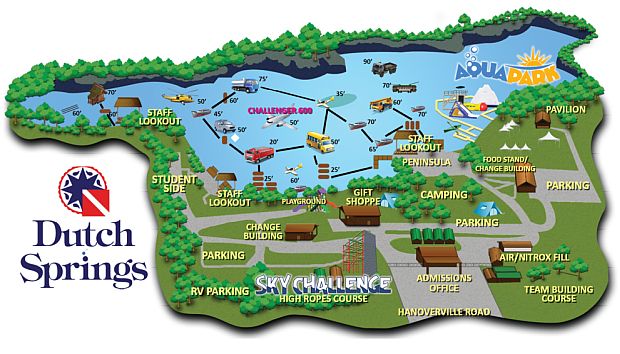
- Type:
- flooded limestone quarry with platforms, walls, artificial reefs, helicopter
- Depth:
- shoreline to over 100 ft, but most activity is conducted at 25-40 ft
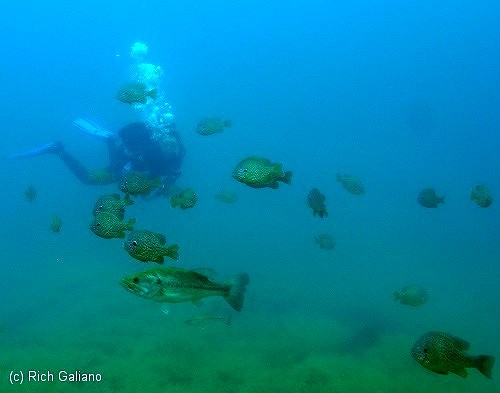
Dutch Springs is a flooded quarry in Bethlem Pennsylvania. For details and directions, see their website: DutchSprings.com.
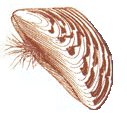
Thanks to the tireless filtering of the Zebra Mussels that have invaded the quarry, Dutch Springs has actually become a rather nice place to dive. The impenetrable murk that was once the hallmark of quarry diving has given way to 30 foot viz, with upwards of 50 ft on good days. If you stop and watch one for a while, you can actually see it sucking in dirt and particles and ejecting clean water.
Zoom in and you can see the training platforms in the clear winter water. Also: the floats for the helicopter.

Not marked on the charts: Ralph Cifaretto, former Soprano family capo, 2002. Sleeps with the fishes.
An added benefit of the clearer water is that sunlight penetrates the quarry to a greater depth, warming the deeper sections that once remained near freezing year-round. There is still a thermocline around 40 ft, but it is mild compared to what it once was. Without the strong stratification, much more oxygen will also reach the lower depths. Eventually, these conditions will allow the growth of plants across the bottom of the quarry, providing food and habitat for fish and other creatures. The growth of such plants will further deplete the nutrients that the planktonic green algae feed upon, and as the planktonic algae dies off, the water will become clearer still. Zebra Mussels are the best thing that ever happened to Dutch Springs.
Dutch Springs is generally used for training dives and equipment check-outs, for which the shore facilities, underwater platforms, easy entry, and controlled conditions make it ideal. Chances are, if you were certified to dive in this area, you've been to Dutch Springs.
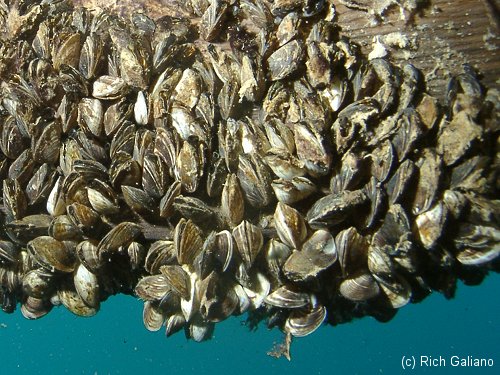
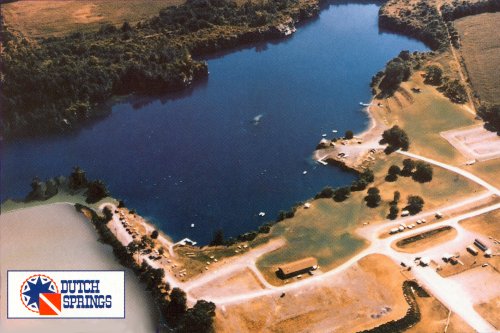

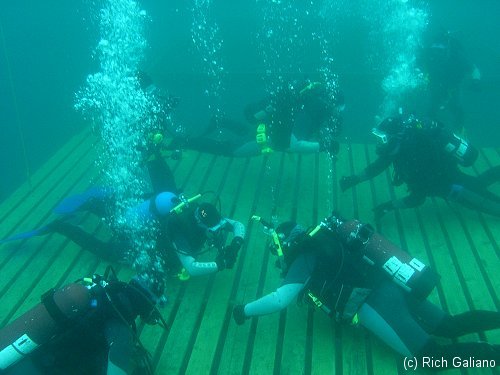
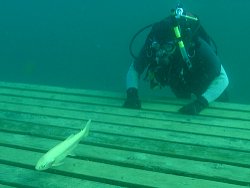

A number of wooden platforms provide training areas at about 25 ft. The trout are usually wary of divers, but cold water and reduced winter food supplies seems to make them more approachable.


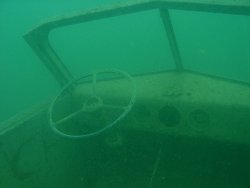
The fire engine, in about 30 ft of water, is often visited on training dives and is usually home to a school of friendly Sunnies.
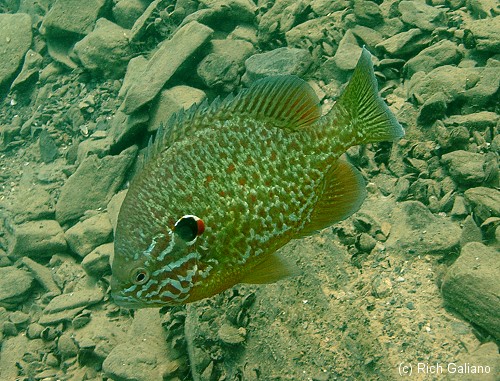
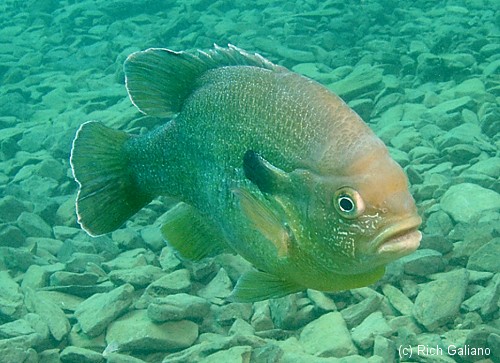
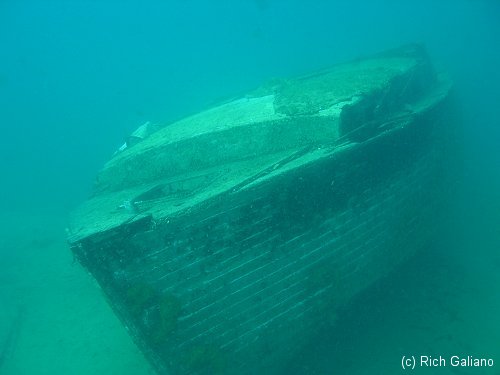
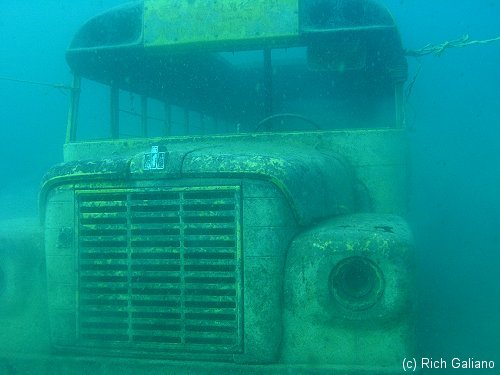
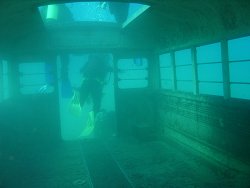

The school bus can be reached by following a long line from the fire engine or a shorter line from the training platforms.
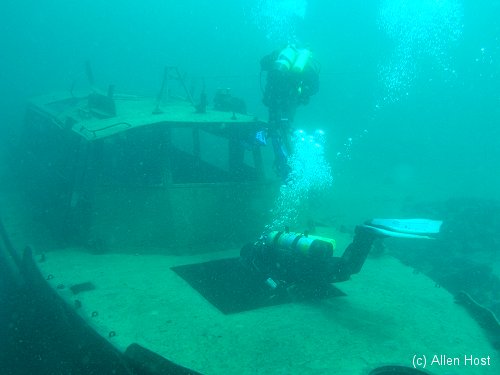
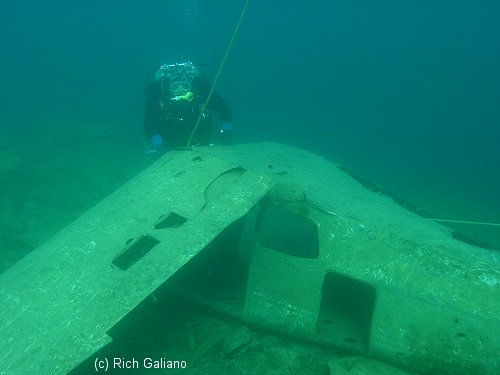
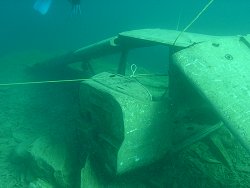

The Cessna on the "island" is one of the oldest attractions in the quarry, and got quite broken down and was eventually replaced.

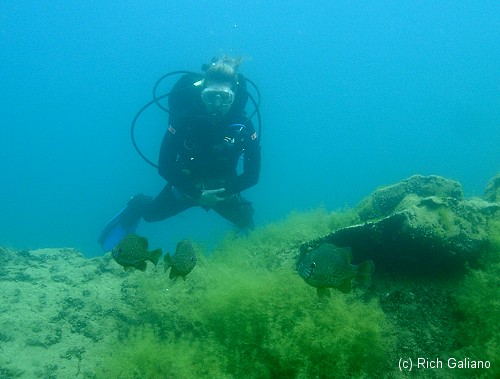
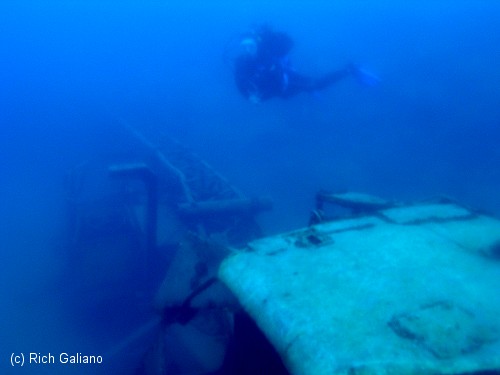
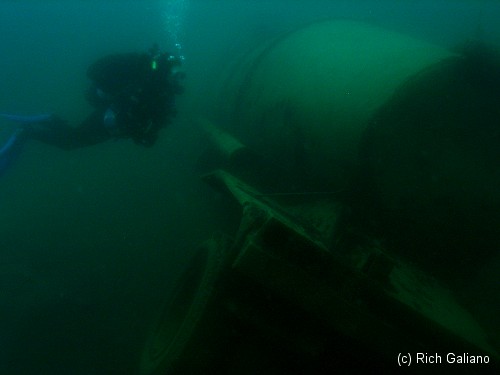
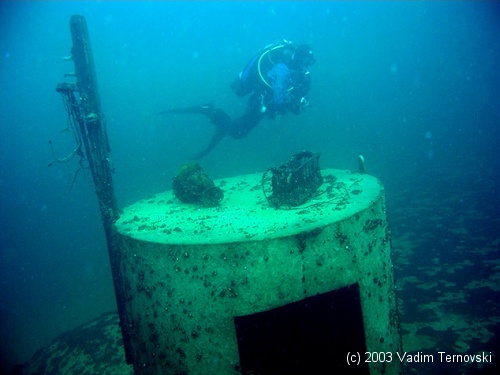

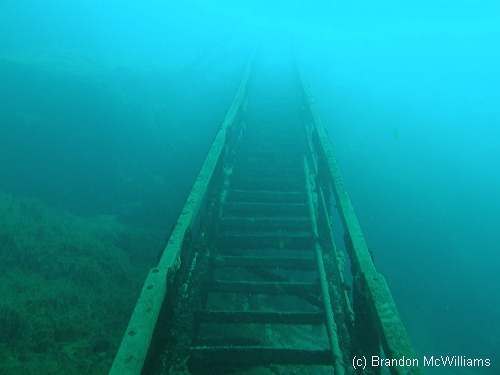
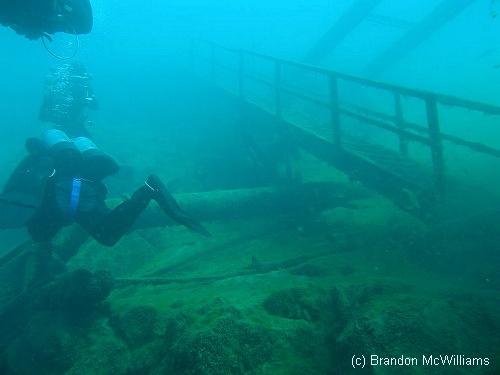
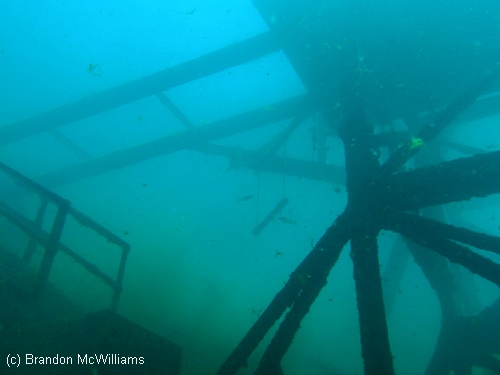

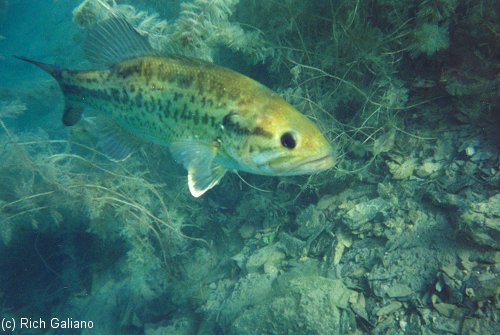
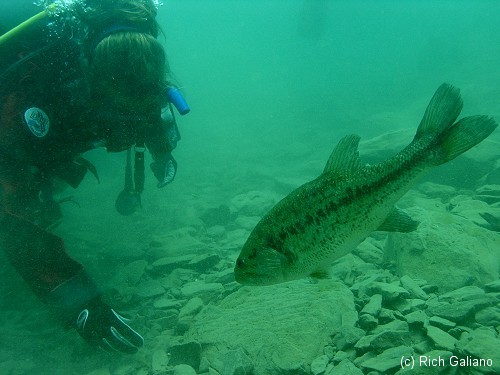
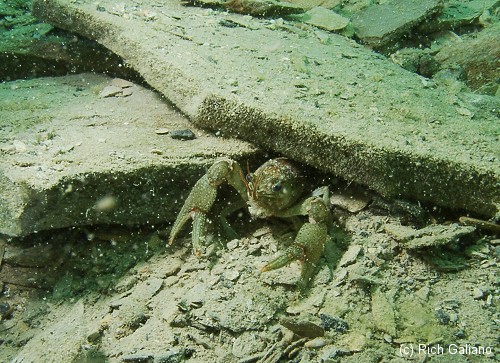
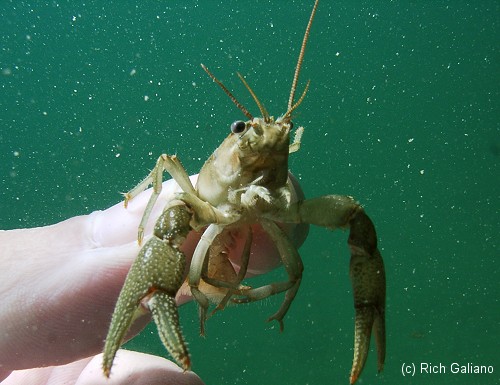
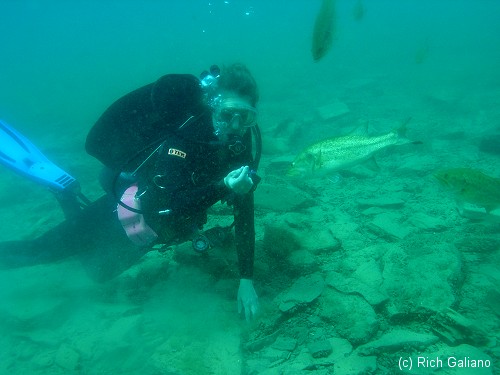
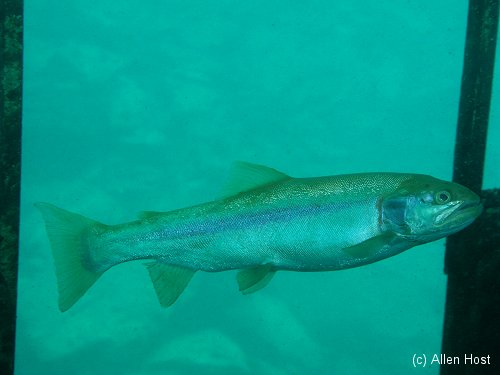
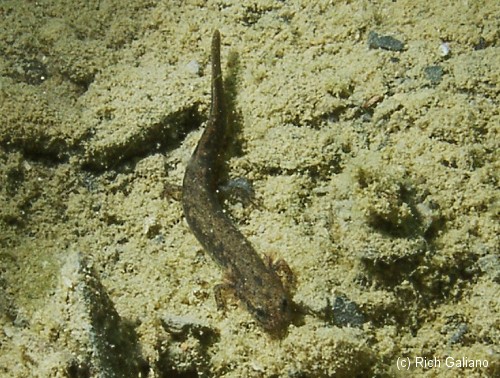

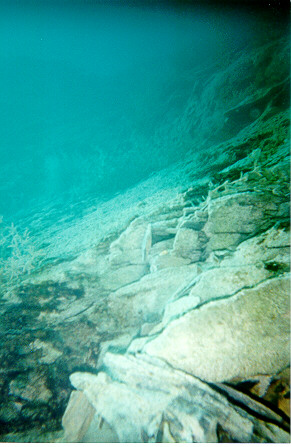
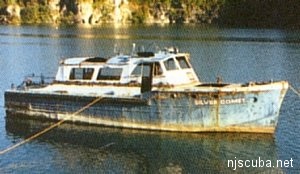
For More Advanced Divers:
There are a number of interesting sites along the south wall of the quarry that date to before it was Dutch Springs:
To get to the dynamite shack, enter from the peninsula side, and surface swim to the west end of the island. Submerge ( you can descend around the crane ), and swim to the back side of the island. The first tree you encounter, which should be in approximately 35-45 ft of water, is the starting marker. Find the tree, set your compass to 200 degrees, and follow it to the dynamite shack.
On the way out, you'll pass over a fairly unremarkable flat area, followed by a small drop off. After crossing the drop off, you'll find what looks like an old road bed. On this, you should find the dynamite shack, and then, turning right (west) along the wall, a telephone pole and a square "bunker". Beyond that, by following the north edge of the road you'll find the hole, which is not marked on the Dutch Springs guide slate.
Be warned, this area is not for the newly certified diver. It's deep - 100 ft - dark, and cold. Not to mention it's quite a ways from shore. If you venture into the hole, don't expect to see much. Every time I've been there, there's always been a swirling silt cloud at the bottom reducing visibility to nothing. You know you've found it when the ledge you follow comes to a point. You can usually see the quarry bottom on your right, and to the left it will drop off into "nothing", with what looks like an old steel cable leading down.
If you follow the wall either east or west from the dynamite shack, you'll also encounter the cars that were dumped in before the current owner bought the place in the '70s. So far, we have come across 2 cars to the east, and two cars and two vans to the west, in the far southwest corner of the lake. To the west, you'll be deep ( beyond 90 ft ) the entire time if you stay near the bottom, so watch that gas supply ! Don't run low here, it's a LONG surface swim you really don't want to make.
-- from someone that obviously knows his way around

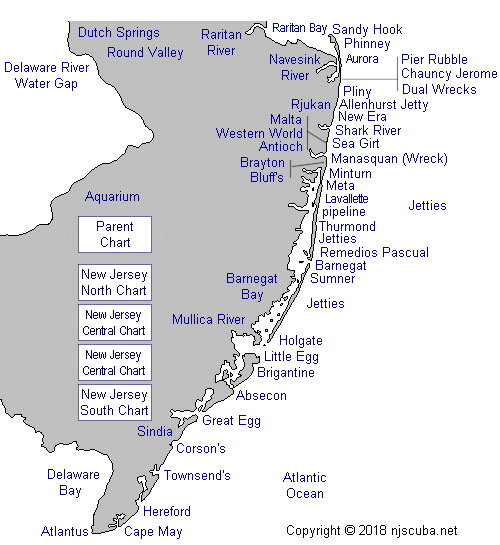
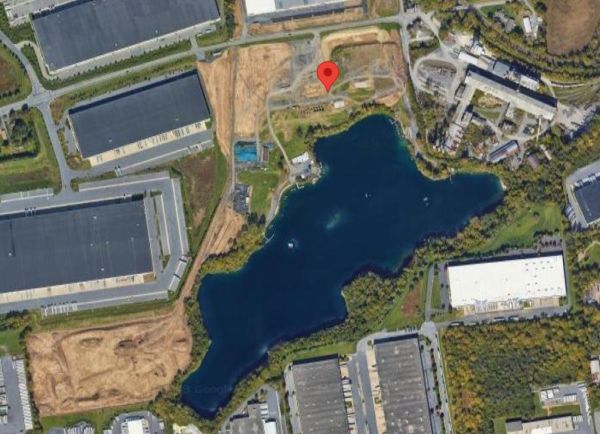
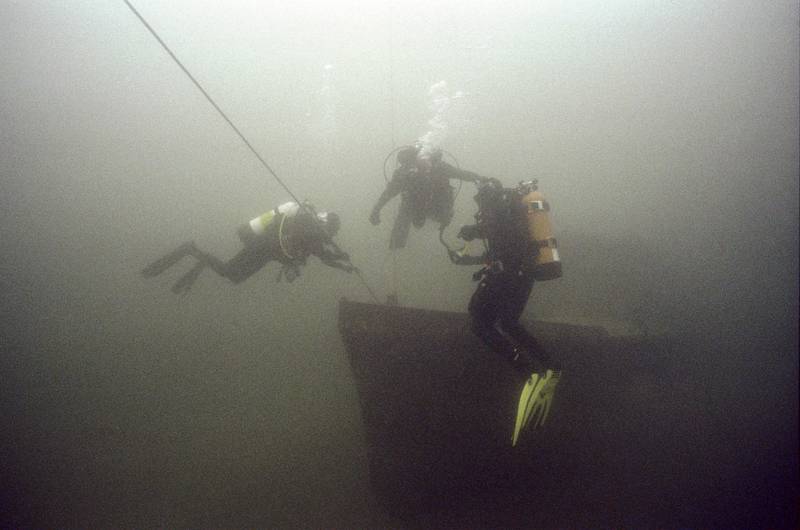

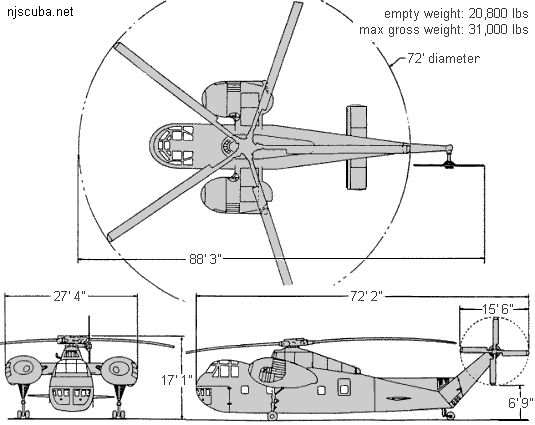
Questions or Inquiries?
Just want to say Hello? Sign the .